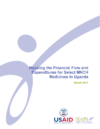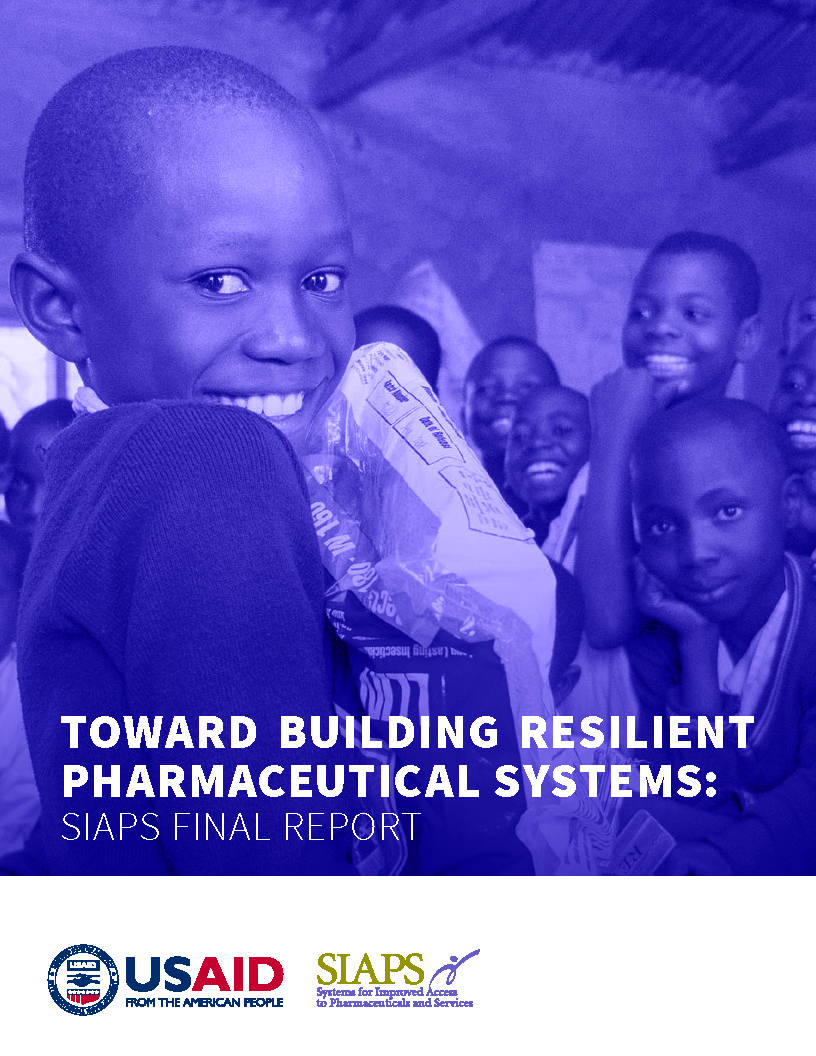
Since the report of the United Nations Commission on Life-saving Commodities for Women and Children (UNCoLSC) was published in 2012, much has been done to highlight the challenges countries face in ensuring the availability of essential commodities and to create resources to assist countries in this endeavor. In most settings, these commodities are procured with government funds, but there is a lack of documented evidence as to how decisions regarding financing for these commodities are made and executed. An understanding of the financial flows for MNCH commodities is critical as countries pursue the goals of ending preventable child and maternal deaths and of universal health coverage and as many go through processes of decentralization. Understanding financial flows for MNCH commodities may also assist the donor community in making smarter investments and assisting countries in mobilizing additional resources. The US Agency for International Development (USAID) commissioned this study in Bangladesh, Nepal, Kenya, and Uganda.


